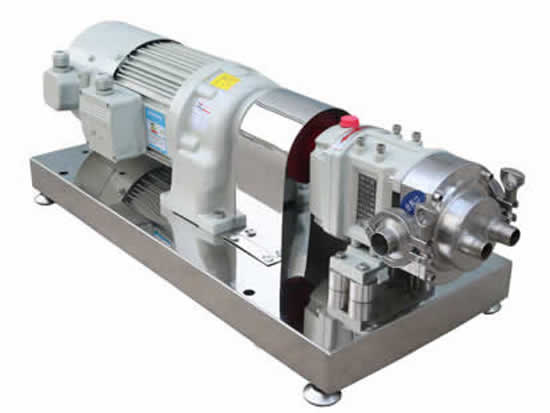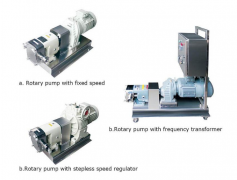When designing and arranging pipelines for gear pumps, the following items should be noted:
1. Reasonably choose the gear pump pipe diameter. The pipe diameter is large. Under the same flow rate, the liquid flow speed is small, and the resistance loss is small. However, the high price and small pipe diameter will cause the resistance loss to increase sharply and increase the head of the selected pump. , The power of the belt increases, and the cost and operating expenses increase. Therefore, it should be considered from the perspective of technology and economy.
2. The discharge pipe and its pipe joints should consider the maximum pressure it can withstand.
3. The pipeline layout should be as straight as possible, minimize the accessories in the pipeline and minimize the length of the pipeline. When it is necessary to turn, the bending radius of the elbow should be 3 to 5 times the diameter of the pipeline, and the angle should be greater than 90 ℃.
4. A valve (ball valve or stop valve, etc.) and a check valve must be installed on the discharge side of the pump. The valve is used to adjust the working point of the pump. The check valve can prevent the pump from reversing when the liquid is flowing backwards and prevent the pump from being hit by water hammer. (When the liquid flows back, it will produce huge reverse pressure and damage the pump)
The influence of gear pump flow head:
1. If the minimum, normal, and maximum flow rates have been given in the production process, the maximum flow rate should be considered.
2. If only the normal flow rate is given in the production process, a certain margin should be considered.
For ns100 high-flow low-head pumps, the flow margin is taken as 5%, for ns50 low-flow high-head pumps, the flow margin is 10%, and for pumps with 50≤ns≤100, the flow margin is also taken as 5%. For pumps with poor and poor operating conditions, the flow margin should be 10%.
3. If the basic data only gives weight flow, it should be converted into volume flow.


